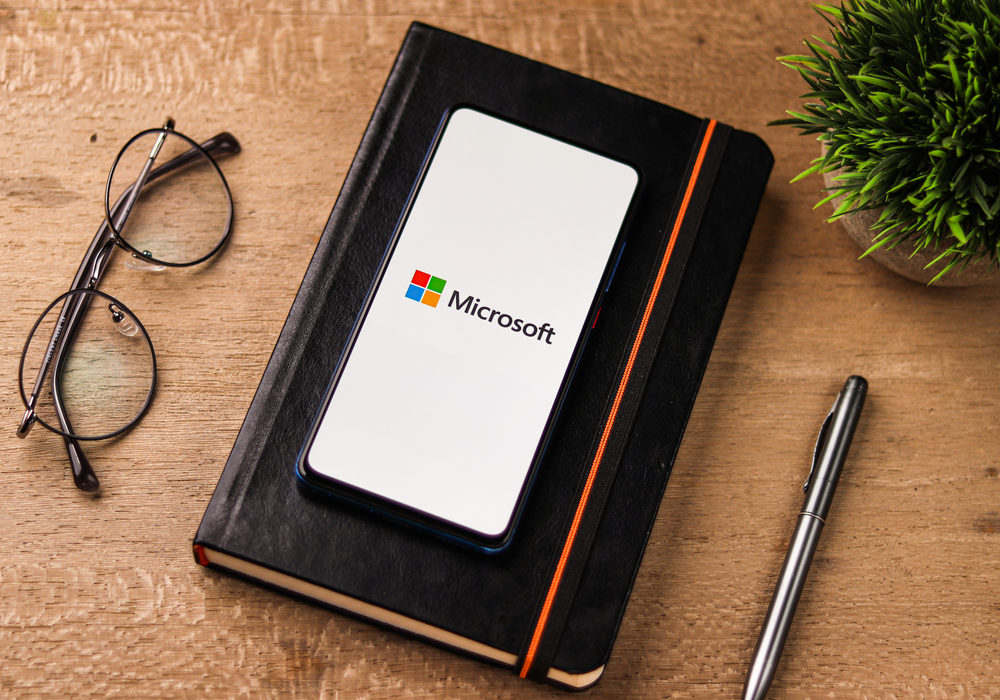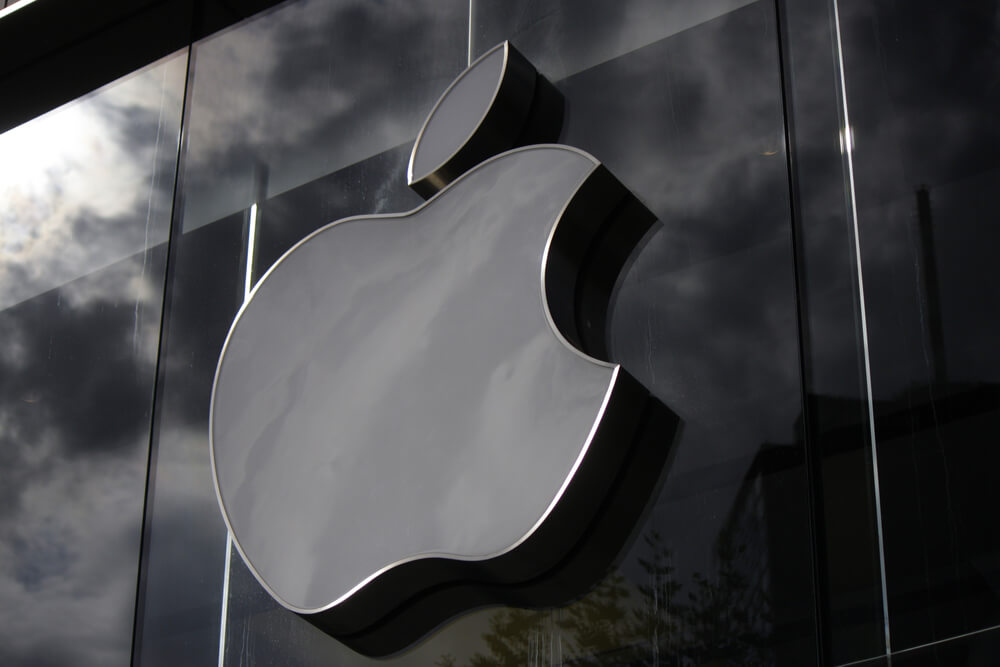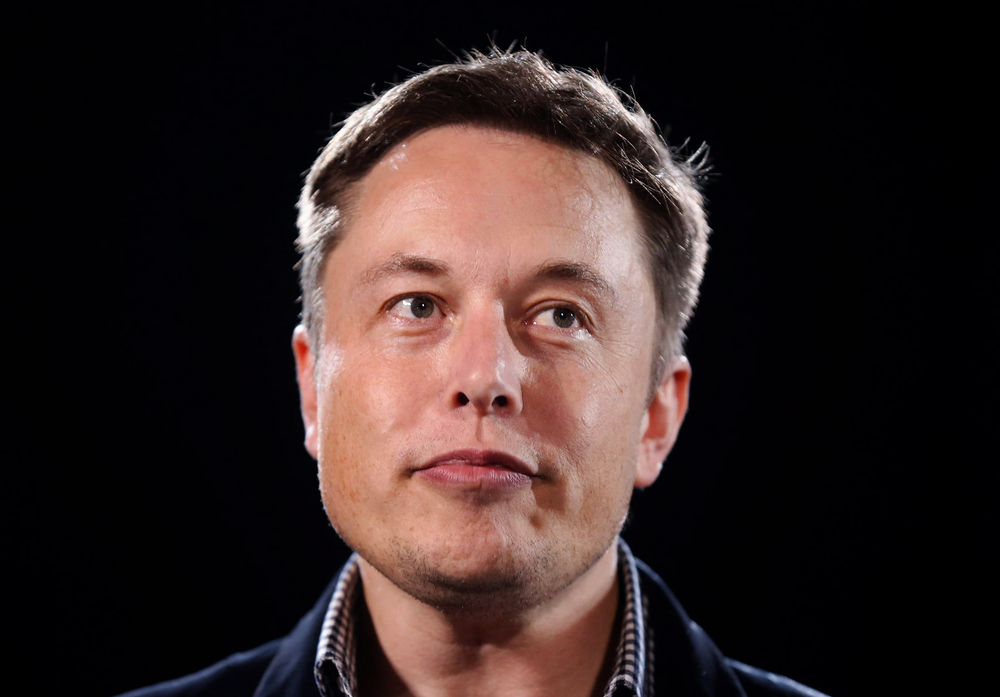The world has a data problem. The amount of data produced globally is growing significantly every year. This poses a severe problem for the world – specifically, the speed of data production exceeds their storage capacity. If every YouTube video you watch, every photo we take, and every document stored on traditional flash memory chips, it is 10-100 times the expected silicon stock by 2040.
Consequently, humanity needs a way to store data – and that way should not be any. The method of storing future data should be robust and convenient. The data currently stored in data centers, the largest size, should be in a much smaller machine. This solution requires fast data transfer.
Where can one of the best methods of data storage be? In a molecule that contains the genetic information of humans: DNA. Four chemical bases store DNA: adenine, guanine, cytosine, and thymine. These compounds are in pairs to form the stairs on a double spiral staircase. So what comes out? That you can use DNA to store complex data.
Microsoft is one of the pioneers of DNA storage. The company is making some progress in collaboration with MISL or the University of Washington Molecular Information Systems Laboratory. Microsoft has announced the first nanoscale DNA storage writer in a new research paper, with the research team expecting 25 x 10 ^ six sequences per square centimeter to be tighter than before. Most importantly, this is the first indicator of the minimum recording speed required to store DNA.
What to Expect from Microsoft
Microsoft is one of the most prominent players in cloud storage. The company is looking to store DNA data to gain an advantage over its durability, density, and shelf life. It has a DNA density that can hold 1 billion gigabytes per square inch. This is far more than the current best storage method, LTO magnetic tape.
What will these benefits give to the world? The International Data Corporation forecasts that info storage demands will grasp nine zettabytes by 2024, as Microsoft points out if Windows 11 is loaded on 15 billion devices. Data stored on DNA can be valid for thousands of years. And data loss occurs on tape over 30 years, much earlier than on HDDs and SSDs.
Finding ways to increase the speed of writing is one of the two main problems associated with storing DNA, and the second problem is cost. However, Microsoft is pushing the next phase forward with the minimum recording speed threshold.
The upcoming crucial action is to embed digital sense into the chip; benign individuals curb over millions of electrode shots to document kilobytes of info per second in DNA. No matter how interesting and promising it may sound. We are still many years away from storing DNA in the data at this point. Ignoring the technical difficulties, storing DNA data is very expensive. A few megabytes should cost thousands of dollars.
Nevertheless, researchers worldwide are working to bring us closer to an era where the data we create is stored on the same molecule that contains our genetic information.
















